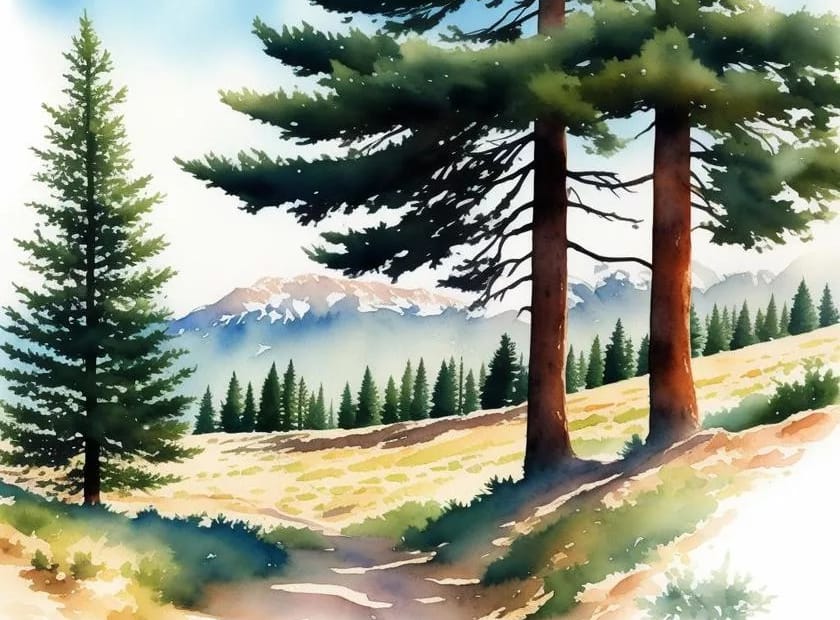The famous cedar tree
The cedar tree is a type of evergreen tree known for its aromatic wood and various species that are distributed across different regions. While there are several species of cedar trees, I’ll provide information about two well-known species: the Eastern Red Cedar (Juniperus virginiana) and the Cedar of Lebanon (Cedrus libani).
Species 1: Eastern Red Cedar (Juniperus virginiana)
Appearance: The Eastern Red Cedar is a small to medium-sized tree with a conical or columnar shape. It has dense foliage made up of scale-like or needle-like leaves that are typically green.
Characteristics
Size: It can grow up to around 40 to 50 feet in height.
Bark: The bark is reddish-brown, fibrous, and peels off in strips.
Fruits: The tree produces small, bluish or purplish berry-like cones that provide food for birds.
Habitat: It is commonly found in open woodlands, fields, and along roadsides in North America.
Uses: The wood of the Eastern Red Cedar is aromatic and resistant to decay, making it valuable for furniture, closets, and outdoor structures. It’s also used in traditional medicines.
Species 2: Cedar of Lebanon (Cedrus libani)
Appearance: The Cedar of Lebanon is a large evergreen tree with a distinct pyramidal shape. Its branches spread horizontally, giving it a majestic appearance.
Characteristics
Size: It can reach heights of 40 to 50 meters.
Leaves: The leaves are needle-like and arranged in clusters.
Cones: The tree produces large, barrel-shaped cones that contain seeds.
Habitat: It is native to the mountainous regions of the Mediterranean, including Lebanon, western Syria, and parts of Turkey.
Uses: The Cedar of Lebanon has been historically significant and symbolically important in various cultures. Its wood has been used in construction and for making furniture, and it has religious and cultural significance.
Please note that these are just a couple of examples of cedar trees. There are other species, such as the Western Red Cedar (Thuja plicata), which is a common tree in North America, and the Atlas Cedar (Cedrus atlantica) found in North Africa. Each species has its own unique characteristics and uses.
Summarized table of information about the Eastern Red Cedar (Juniperus virginiana) and the Cedar of Lebanon (Cedrus libani)
| Species | Eastern Red Cedar (Juniperus virginiana) | Cedar of Lebanon (Cedrus libani) |
| Characteristics | – Conical or columnar shape – Scale-like or needle-like green leaves – Reddish-brown fibrous bark – Bluish or purplish berry-like cones | – Large pyramidal shape – Horizontally spreading branches – Needle-like leaves in clusters – Large barrel-shaped cones |
| Size | Up to 40-50 feet | Up to 40-50 meters |
| Habitat | Open woodlands, fields, roadsides in North America | Mountainous regions of the Mediterranean, including Lebanon, western Syria, parts of Turkey |
| Uses | Aromatic, decay-resistant wood used for furniture, closets, outdoor structures, and traditional medicines | Wood used in construction, furniture making, and has historical, religious, and cultural significance |
| Other Notes | Provides food for birds through its berries | Symbolically important and historically significant in various cultures |
This table provides a concise overview of the characteristics, habitat, uses, and other notable features of the Eastern Red Cedar and the Cedar of Lebanon.
Mythical Stories and Significance
Cedar trees have a rich tapestry of mythology, significance, and history that varies across different cultures and regions. Here are some key themes and stories associated with cedar trees:
Cedar in Ancient Civilizations
- Mesopotamia: In ancient Mesopotamian mythology, cedar trees were associated with the gods. The Epic of Gilgamesh features the Cedar Forest, which is guarded by the monster Humbaba. Gilgamesh and his companion Enkidu seek to defeat Humbaba and cut down the sacred cedar trees to build a great city.
- Egypt: The ancient Egyptians valued cedar wood for building sarcophagi and temples, believing it signified eternal life. They also associated cedar with the sun god Ra.
Cedar in the Bible
- Cedar trees are mentioned numerous times in the Bible, symbolizing strength, immortality, and beauty. King Solomon famously used cedar wood from Lebanon to construct the First Temple in Jerusalem, emphasizing its significance in religious and royal architecture.
Cedar in Native American Culture
- Many Indigenous tribes in North America view cedar as a sacred tree. For instance, the Coast Salish people of the Pacific Northwest consider cedar essential in their spiritual practices and daily life, using it for everything from canoes to ceremonial masks. The cedar’s resilience and the way it grows in harmony with its environment symbolize community and sustainability.
Cedar and the Afterlife
- In some cultures, cedar is believed to have protective qualities. For example, in certain Native American traditions, cedar is burned in ceremonies to cleanse spaces and honor the spirits of ancestors.
Cedar in Literature
- The cedar tree has often been depicted in poetry and literature as a symbol of endurance and longevity. Poets have likened the qualities of cedar to ideals of strength and wisdom.
Historical Importance
- Construction and Trade: Cedar wood has been highly prized for its durability, resistance to decay, and aromatic properties. Used extensively in shipbuilding, construction, and creating furniture, cedar has played a vital role in trade, especially in ancient Phoenician and Mesopotamian societies.
- Cultural Heritage: Many cultures have woven cedar into their mythology, art, and ceremonies, creating a strong cultural heritage that emphasizes respect for nature and sustainability.
- Conservation Efforts: Today, some species of cedar trees are threatened due to overharvesting and habitat loss. Many cultures continue to advocate for their protection, recognizing both their ecological importance and spiritual significance.
Cedar trees are not only notable for their physical characteristics and utility but also for their profound symbolic meanings across various cultures. They represent resilience, protection, and continuity, linking human experiences with the natural world in diverse and enriching ways. Through myths, historical practices, and ongoing cultural significance, cedar trees continue to hold a revered place in many societies around the globe.
Art Gallery by MiB

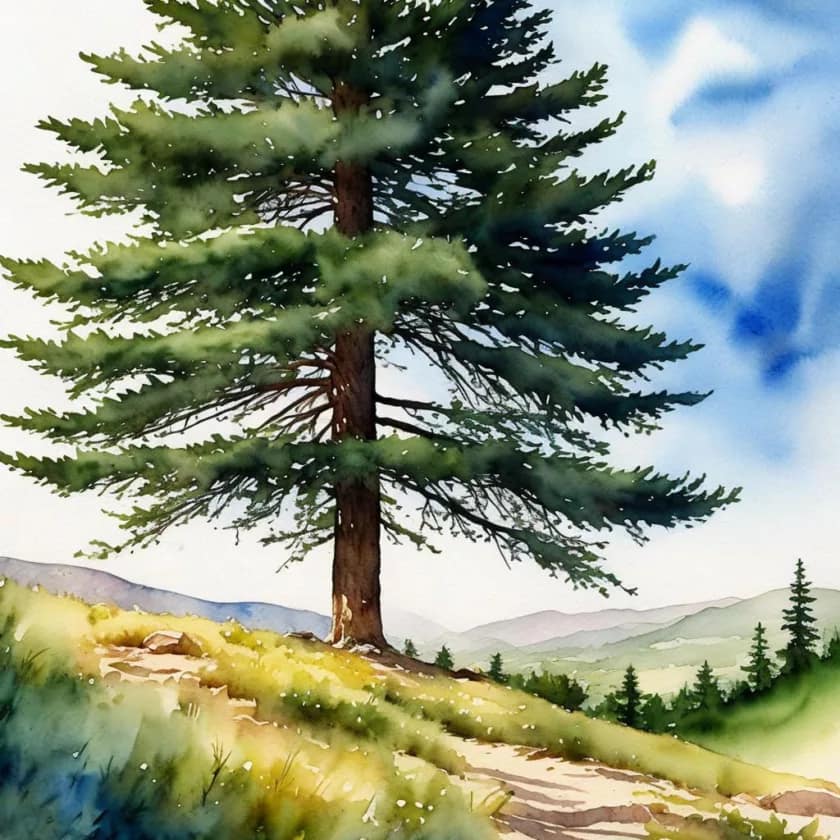

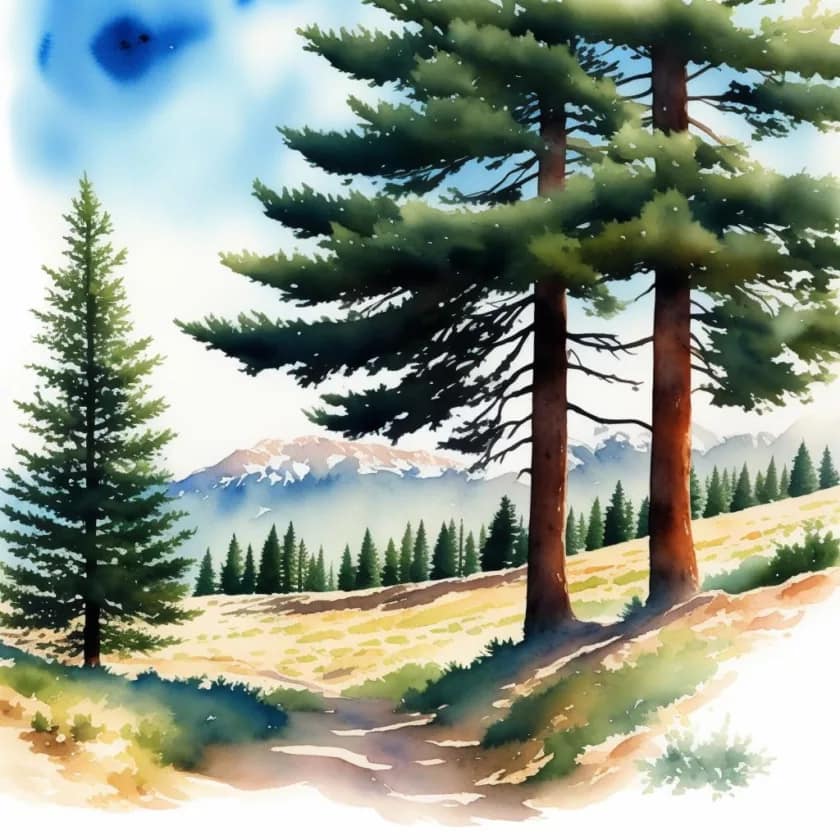
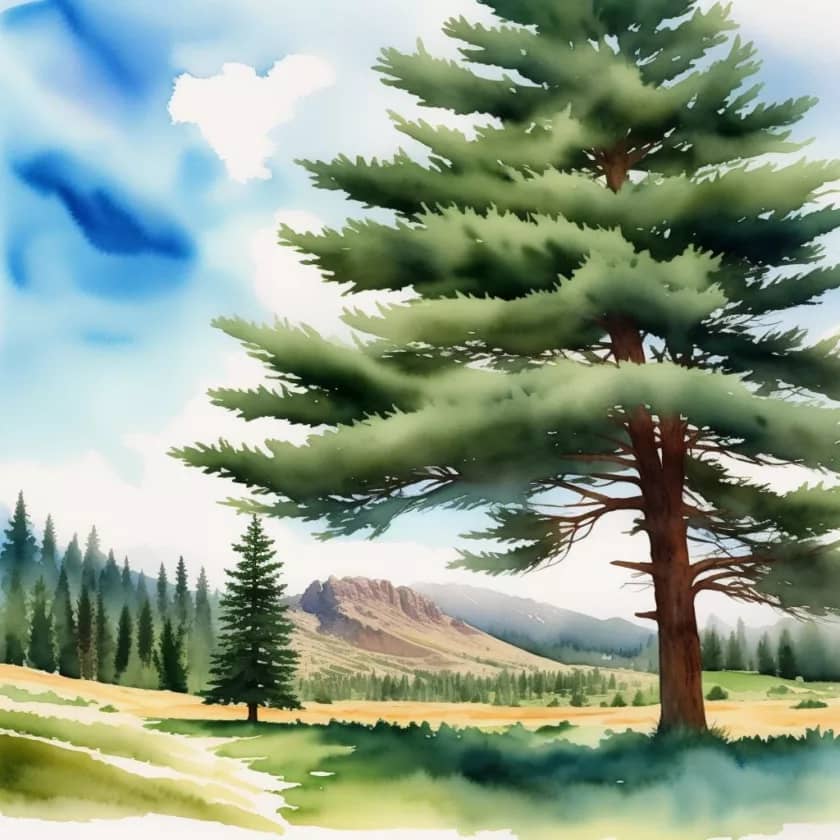
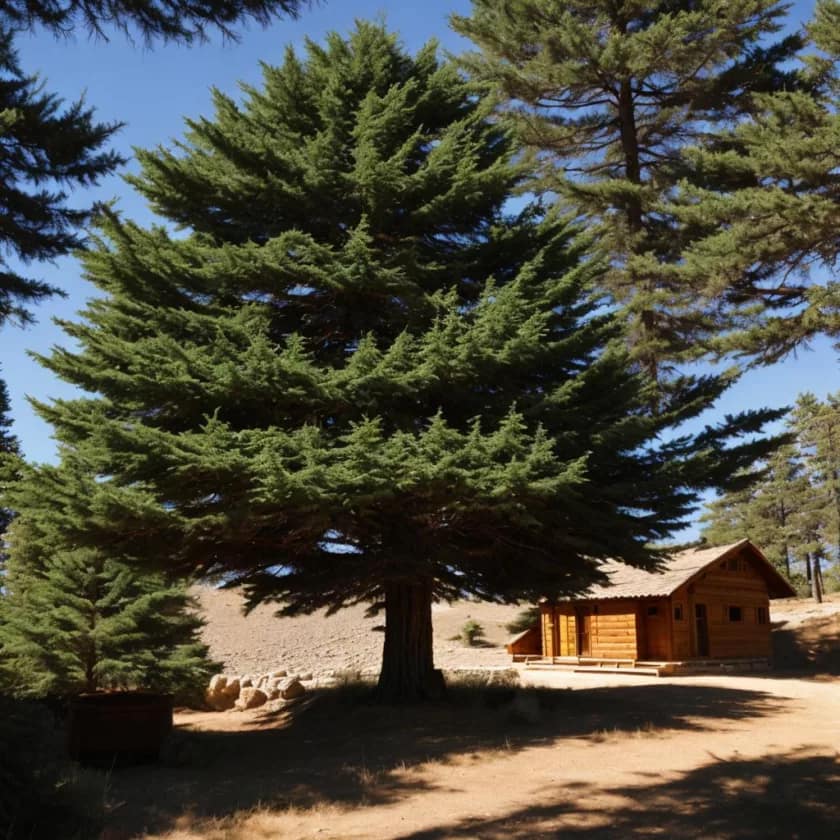
Shop tip
Botanicus Plus a GPT for starters and experts
Botnicus Plus boasts an array of new features, enhancing its global appeal and user interaction. These include: 1) Multilingual Support for accessibility in various languages. 2) Virtual Tours of famous botanical gardens and historical plant sites. 3) A Botanical Identification Tool for users to upload and identify plants. 4) Seasonal Guides and Tips tailored to local climates and regions. 5) Opportunities for users to engage in Collaborative Projects and Citizen Science Initiatives. 6) Advice on Sustainable Gardening Practices. 7) Interactive Q&A Sessions with botany experts. 8) Personalized Plant Care Reminders for gardeners. These features enrich Botnicus Plus’s mission to provide comprehensive, interactive, and culturally rich botanical education, fostering a deeper connection with the natural world.
Enjoy!👒
Invest in your future
Take time to learn
Embark on your journey in affiliate marketing and website creation alongside an incredible community and myself. Invest in your future by dedicating time to learn and earn. Take all the time you need to master the basics before aiming higher. Give it a try and sign up for free. You won't regret it! Discover the possibilities for yourself...

